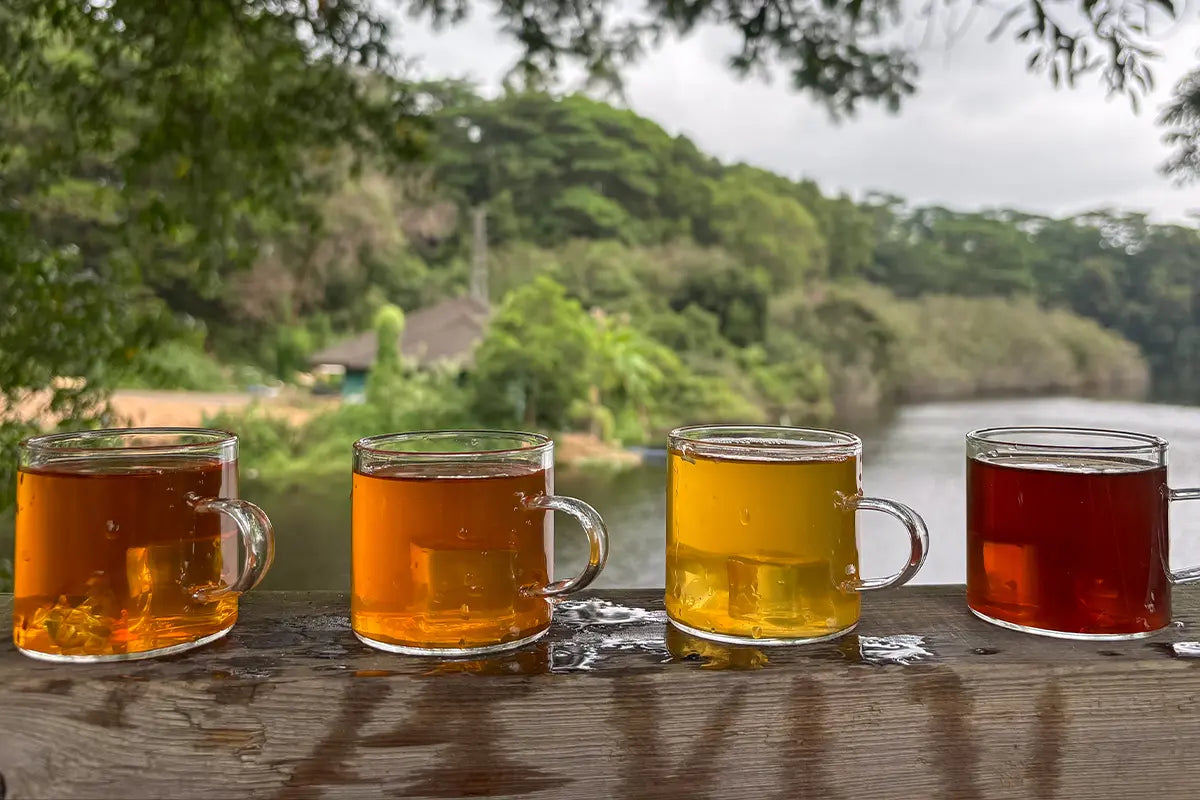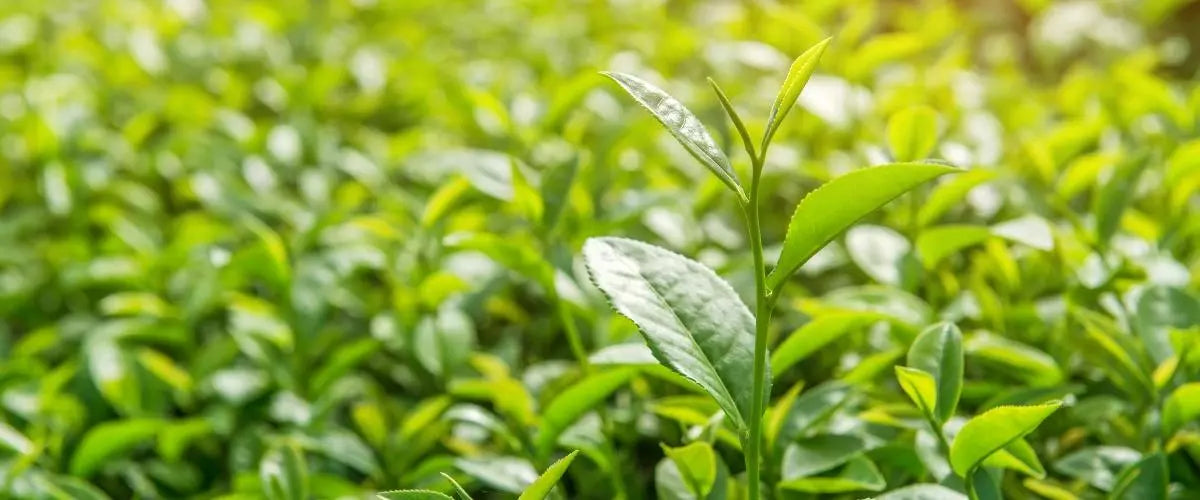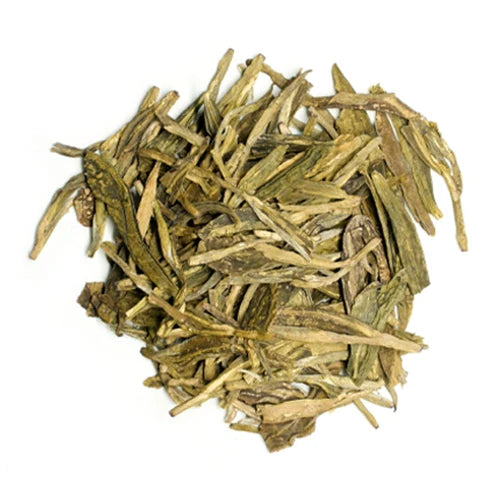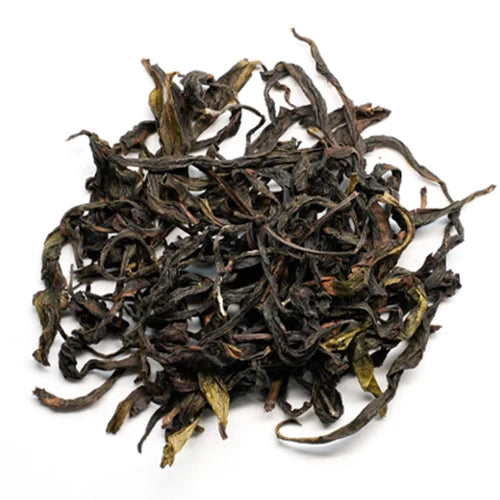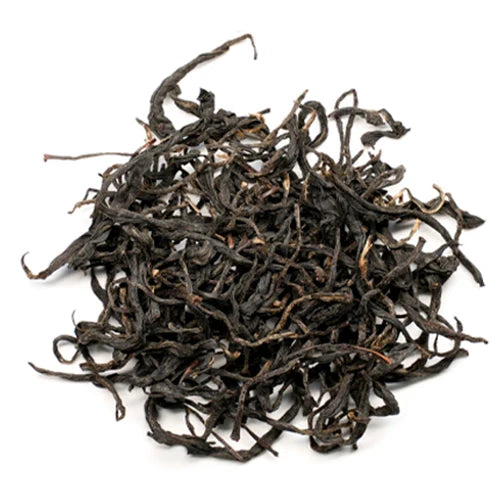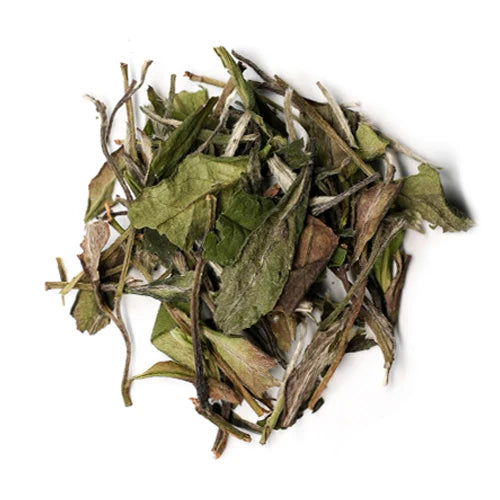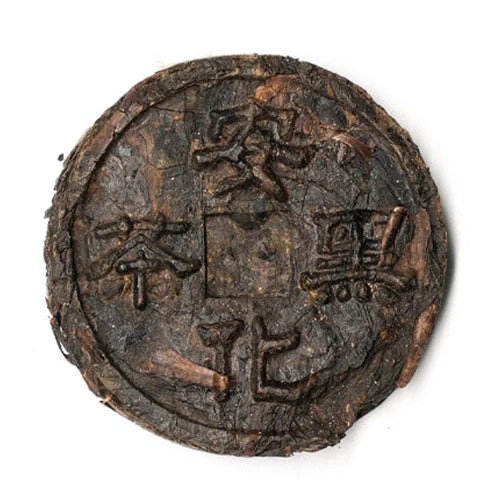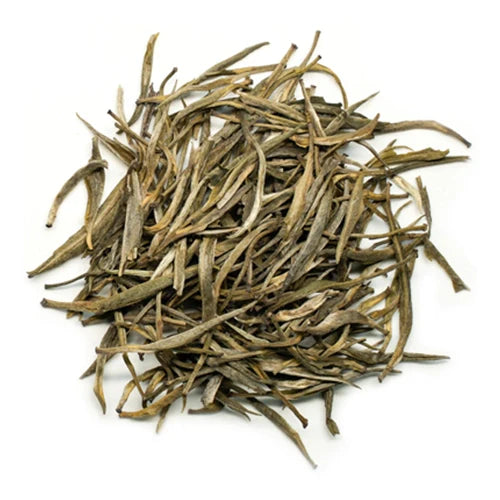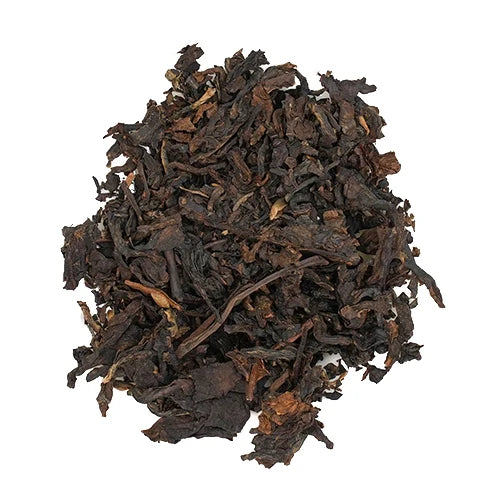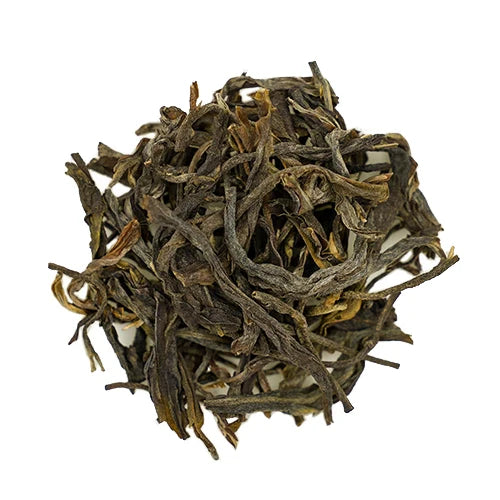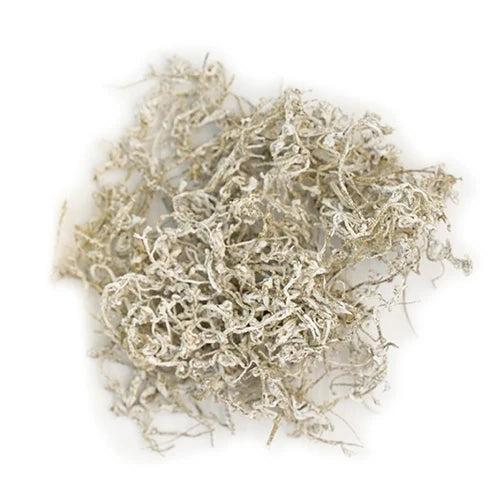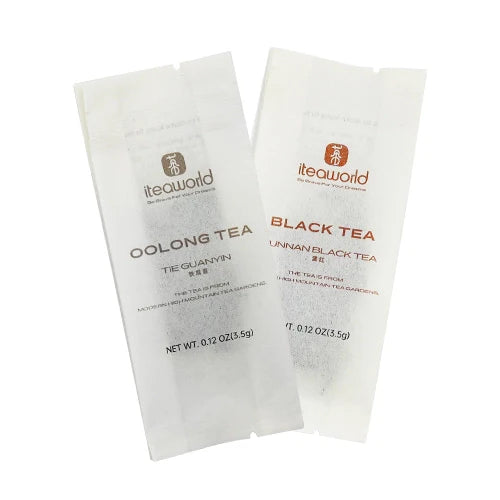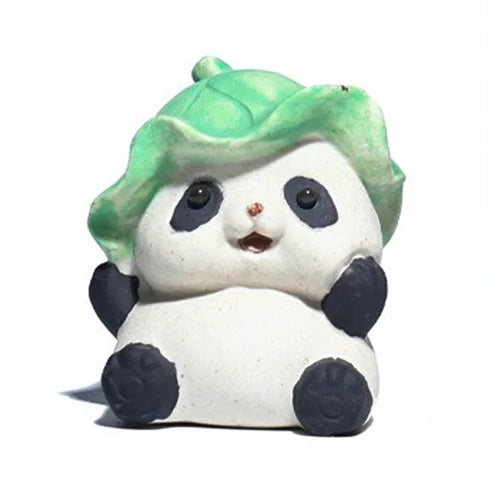Китайский листовой чай против пакетированного чая
Если у вас будет возможность сравнить вкус китайского листового чая и пакетированного чая, вы ясно почувствуете, что китайский листовой чай имеет лучший и более запоминающийся вкус.
Почему это так? Вот несколько причин:
Качество чайного листа: Если вы разрежете пакетик с чайными листьями, вы получите кучу фрагментов чайных листьев. Напротив, сухие листья китайского листового чая в основном целые. По внешнему виду заваренного китайского листового чая вы можете легко представить, как выглядели эти чайные листья, когда их собирали.
Источник чайных листьев: Источник чайных листьев для пакетированного чая ставит во главу угла удобство и скорость, далеко не так строго, как китайский листовой чай. Китайский листовой чай соответствует различным стандартам, таким как качество сада и время сбора, тем самым предлагая более высокое качество и вкус.
Заваривание: Пакетированный чай обычно теряет свой вкус после одного-двух завариваний. С другой стороны, китайский листовой чай можно заваривать много раз, а высококачественный китайский чай часто можно заваривать 7 раз и более.
Древний китайский чайный опыт
Вышеуказанный контент охватывает только основные аспекты китайского чая . На самом деле, чудесный опыт, который дает китайский чай, выходит далеко за рамки этого.
Среди любителей китайского чая есть стихотворение поэта эпохи Тан Лу Туна под названием «Семь чаш чая». Это стихотворение прекрасно и точно описывает опыт дегустации китайского чая.
七碗茶诗
Семь чашек чая
卢仝
Лу Тонг
一碗喉吻润,二碗破孤闷。
Одна чаша увлажняет горло, вторая нарушает одиночество.
三碗搜枯肠, 唯有文字五千卷。
Три чаши обыскивают внутренности, находя лишь пять тысяч свитков слов.
四碗发轻汗, 平生不平事, 尽向毛孔散。
Четыре чаши вызывают легкое потоотделение, все несправедливости жизни рассеиваются через поры.
五碗肌骨清,六碗通仙灵。
Пять чаш очищают плоть и кости, шесть чаш соединяют с бессмертным духом.
七碗吃不得也,唯觉两腋习习清风生。
Семь мисок, больше есть не могу, только чувствую освежающий ветерок под мышками.
Где растут чайные листья? Китайский чай дает информацию.
На этикетках высококачественного китайского листового чая обычно указана четкая информация об источнике чайных листьев, включая место сбора и конкретное время сбора.
Так же, как вкус еды во многом определяется качеством ингредиентов, вкус китайского чая тесно связан с качеством свежих листьев. Китайский чай из чистых, высококачественных источников очень хорошо подходит в качестве подарочных наборов для семьи и друзей.
В Китае много регионов, производящих чай, некоторые из которых знамениты. Эти регионы, производящие чай, имеют превосходную почву, осадки, климат и другие условия, производя уникальные и вкусные чаи, которые пользуются большим спросом у многих людей. Вот два примера:
Пуэр:
Чай пуэр в основном производится в юго-западном регионе провинции Юньнань, Китай, где климат дождливый и характеризуются туманными горными ландшафтами. Здесь есть множество рек, таких как река Ланьцан и река Ну, образующих крутые ущелья. В этой превосходной географической среде растет большое количество чайных деревьев, включая древние чайные деревья возрастом в несколько сотен или даже тысяч лет.
В настоящее время любителей чая Пуэр можно встретить по всему миру. Популярность чая Пуэр тесно связана с местом его происхождения.
Да Хун Пао:
Знаменитый рассыпной чай улун Да Хун Пао производится в горах Уи, провинция Фуцзянь, Китай, и является одним из лучших улунов в Китае. Помимо того, что это известный регион по производству чая, это также туристическая достопримечательность AAAAA в Китае.
Гора Уи имеет сложный рельеф с крутыми склонами и разнообразными породами, такими как вулканическая порода, гранит и известняк, образуя уникальный ландшафт. Кроме того, гора Уи расположена в субтропической зоне с мягким и влажным климатом, что очень подходит для роста чайных деревьев.
Основная зона производства Да Хун Пао в совокупности именуется «Сань Кенг Лян Цзянь» (Три ущелья и два ручья). Чай, произведенный в этих районах, отличается особым качеством и дороговизной, его называют настоящим Янь Ча (каменный чай).
Найдите больше листового китайского чая в нашем «Сэмплере китайского чая».>>>
Изысканные методы приготовления чая в Китае
За каждым известным китайским чаем стоит уникальная техника приготовления чая, которая часто совершенствовалась и передавалась из поколения в поколение на протяжении сотен лет. Рекомендуется, чтобы каждый из вас исследовал вкус различных китайских чаев с помощью пробника чая .
Опытные мастера чая знакомы с состоянием чайных листьев на каждом этапе и знают, как полностью раскрыть вкус свежих листьев. Давайте рассмотрим изысканные методы приготовления чая в Китае на двух примерах.
Лунцзин (Колодец Дракона)
Процесс приготовления знаменитого листового зеленого чая Лунцзин включает в себя такие кропотливые этапы, как завяливание, скручивание и обжаривание, каждое из которых требует участия опытных мастеров чайного дела с богатым опытом.
Особенно в процессе жарки, мастерство контроля температуры, техники и других технических требований необходимо для обеспечения цвета, аромата и вкуса чайных листьев. Опытные обжарщики чая Лунцзин применяют различные методы производства к разным свежим листьям, например, «нежные листья со старым обжигом, старые листья со слабым обжигом». Именно эти методы создают восхитительный вкус знаменитого китайского зеленого чая Лунцзин. Откройте для себя больше листовых зеленых чаев с помощью нашего пробника зеленого чая.
Найдите больше листового зеленого чая в нашем Green Tea Sampler.>>>
Фэнхуан Даньцун
Одним из основных методов производства знаменитого листового улуна Фэнхуан Даньцун является процесс Цзоцин, который является ключом к чарующему аромату этого чая.
Процесс Цзоцин Фэнхуан Даньцун необходимо корректировать в зависимости от ежедневных погодных условий. Если в день сушки свежих листьев солнце сильное, то встряхивание свежих листьев должно быть мягким; если солнце более мягкое, то встряхивание должно быть более энергичным. Это тонкий баланс, который способствует изысканному аромату чая.
Найдите больше листового чая улун с помощью нашего пробника чая улун.>>>
Долгая история производства чая в Китае и разнообразие сортов чая
Согласно исследованиям, чайные деревья впервые появились в юго-западном регионе Китая, а история чая восходит к 3000 году до нашей эры. Первоначально люди, возможно, кипятили чайные листья, чтобы приготовить суп, а позднее постепенно развивались методы обработки чая.
На протяжении тысяч лет развития мастерство приготовления чая в Китае постоянно развивалось и совершенствовалось, что привело к появлению различных видов чая, таких как зеленый чай, желтый чай, белый чай, черный чай, улун, черный чай и темный чай. Каждый основной вид чая имеет свой уникальный вкус и характеристики. Более того, каждый основной вид чая включает в себя многочисленные известные сорта.
Вот почему многие люди, которые входят в мир китайского чая, глубоко им очарованы. Не стесняйтесь использовать пробник листового чая, чтобы исследовать богатый мир китайского чая и найти лучший листовой чай , который соответствует вашему вкусу.
Как заварить китайский чай, чтобы получить лучший вкус?
Высококачественная природа китайского чая является основополагающей, но соответствующие условия и методы заваривания также имеют решающее значение для раскрытия вкуса китайского чая. Вот несколько ключевых моментов, которые помогут вам лучше заваривать китайский чай :
Используйте метод заваривания Гунфу Ча: метод заваривания Гунфу Ча позволяет вам легко контролировать соотношение чая и воды, а также время заваривания, что позволяет вам лучше раскрыть потенциал китайского чая.
Следуйте инструкциям по завариванию: Каждый вид китайского чая требует разных условий заваривания. Обычно на упаковке чая указана такая информация, как соотношение чая и воды, температура воды для заваривания, время заваривания и количество завариваний. Постарайтесь следовать этим инструкциям как можно точнее, и вы будете поражены вкуснейшим чаем, который вы получите.
Выбирайте высококачественную воду: выбор высококачественной воды, например родниковой или минеральной, может значительно улучшить вкус китайского чая.
Обратите внимание на последовательность заваривания: как правило, заливка небольшого количества горячей воды для предварительного нагрева посуды может улучшить процесс заваривания. Для некоторых видов чайных листьев, таких как чай пуэр и улун, можно сделать несколько заварок, постепенно увеличивая время заваривания, что позволит вам попробовать разные вкусы чайного настоя.

















